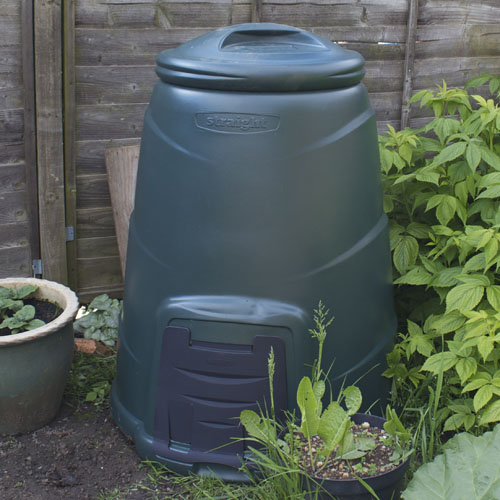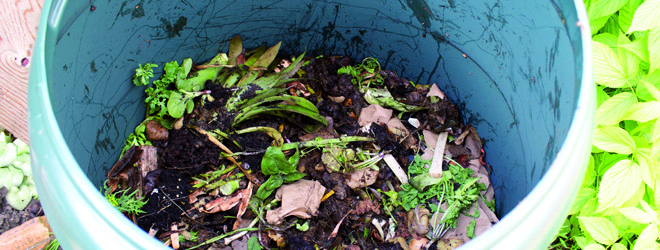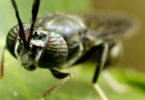Every garden loves a decent dollop of compost. And if you want to help the wider environment as well, home made compost is best. Here’s our guide to the good stuff…
Home made compost? So the stuff in garden centres is no good?
There’s some very good compost available in garden centres which we’re happy to use (although we would prefer a better choice of peat free options). But recycling your own waste is more rewarding for you, your garden and the environment.
Fair enough. So now you’ll be persuading us to recycle some wooden pallets to make a compost container?
Build one if you wish. Or even pile your waste in a corner of your plot, cover it with black polythene and call it a compost heap. Or you could just buy one.
What!! Outrageously environmentally unfriendly!
Ah, but a decent compost bin is an uncomplicated option that will last a lifetime. It’s also much more useful in a smaller garden where it looks tidy and can dish up handy helpings of compost through a neat serving hatch. And they’re much more affordable than you might think – many local councils in the UK are so keen to get residents making their own compost they offer discounts on new bins. To find the cheapest options in your area visit www.GetComposting.com
I’ve put the order in already. Now to feed it…
For your greedy bin to make a quality compost it requires a mix of ‘green’ and ‘brown’ waste to get that rich, crumbly texture of earthy goodness.
I can guess what the green stuff contains, but brown waste sounds suspicious…
We’re talking about drier items that will compensate for the wet nature of rotting vegetation. Cardboard, newspaper and chopped up bits of wood or sawdust all do the trick. Try layering green with brown and occasionally turning it by putting a garden fork through its paces. Green waste is essentially any form of easily compostable vegetation – things such as grass trimmings, leaves, potato peelings, used tea bags, dead flower displays, the mouldy cucumber at the bottom of the fridge and even spent hops and grains from home brewing.
We have lots of those… and what about weeds? Can they go straight into the mix?
In theory, if your compost reaches high enough temperatures (another advantage of those enclosed plastic bins) weeds and seeds will be suitably dealt with. But we choose to omit persistent rooty offenders such as bindweed – they have a habit of colonising your bin all to quickly, tunnelling underground and out the other side for freedom.
That all makes sense. Now remind me of the benefits to my veg patch.
Besides giving valuable nutrients back to the land it’ll improve the structure of your soil and encourage garden friendly critters, such as worms, into your patch. All becoming part of your own little ecosystem.
Excellent. We’re ready to rot!

This blog post contains sponsored links.







